Review of The Help, by Kathryn Stockett
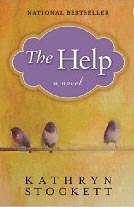 The Help
The Help
by Kathryn Stockett
Amy Einhorn Books (G. P. Putnam’s Sons), 2009. 451 pages.
Starred Review.
Sonderbooks Stand-out 2010: #2 Fiction
First, thank you to my friend Intlxpatr for recommending this book. I finished it at 3 AM this morning and am still thinking about it.
I’m not usually a fan of books about civil rights era issues, but this one is so warm and personal, I was completely won over.
Set in Jackson, Mississippi, in the early sixties, the book speaks from the perspectives of three women, Aibileen and Minny, black maids who “help” in the homes of white women, and Miss Skeeter, a recent graduate of the University of Mississippi who is living in her domineering parents’ home, and would like to be a writer.
Aibileen gives tender loving care to a little girl whose mother sees her as an annoyance. The mother frantically spends her time at the sewing machine trying to sew covers to make things look nicer than they are.
Minny has recently been fired by Miss Hilly, the queen of Jackson society. And Minny, who always has had trouble keeping her true thoughts quiet, did the Terrible Thing to Miss Hilly. If Miss Hilly gets her way, and Miss Hilly always gets her way, Minny will never work in Jackson again.
But then Miss Hilly’s old boyfriend’s wife, who was poor white trash and desperately wants to get into the League, needs someone to help around the house and teach her how to cook. Only she doesn’t want her husband to know.
Meanwhile Miss Skeeter has an idea. What if she writes a book from the perspective of the maids? Only, how can she get anyone to talk to her? And if they do talk to her and get found out, what will happen to them?
One of the beautiful things about this book is that it doesn’t only show ugly things about racism. It also shows beautiful ways that people of both races lived and worked together and loved each other.
I do love the way the nasty self-important Miss Hilly gets her comeuppance, and the realistic course Miss Skeeter’s quest for romance and life purpose takes.
At first, I found it hard to believe that this book really took place in America the year or two before I was born. So it was strange when little cultural bits from my childhood came into it (like Shake N Bake!). The world that the white people of the book inhabit is as completely foreign to me as that of the help.
But that’s what this book does so beautifully. It does what it sets out to do, showing us, despite all the external differences:
“Wasn’t that the point of the book? For women to realize, We are just two people. Not that much separates us. Not nearly as much as I’d thought.”
I found myself feeling drawn into the lives of the maids, and also the lives of the white ladies they were working for. The book was doing exactly what books do best, showing me a window into other people’s souls. This is a beautiful, warm, and inspiring story.
Find this review on Sonderbooks at: www.sonderbooks.com/Fiction/help.html
Disclosure: I am an Amazon Affiliate, and will earn a small percentage if you order a book on Amazon after clicking through from my site.
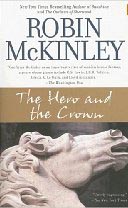 The Hero and the Crown
The Hero and the Crown Fire
Fire Our Lady of Kibeho
Our Lady of Kibeho Shiloh
Shiloh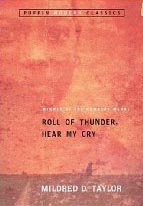 Roll of Thunder, Hear My Cry
Roll of Thunder, Hear My Cry 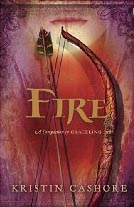 Fire
Fire I Heard God Talking to Me
I Heard God Talking to Me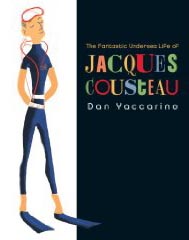 The Fantastic Undersea Life of Jacques Cousteau
The Fantastic Undersea Life of Jacques Cousteau